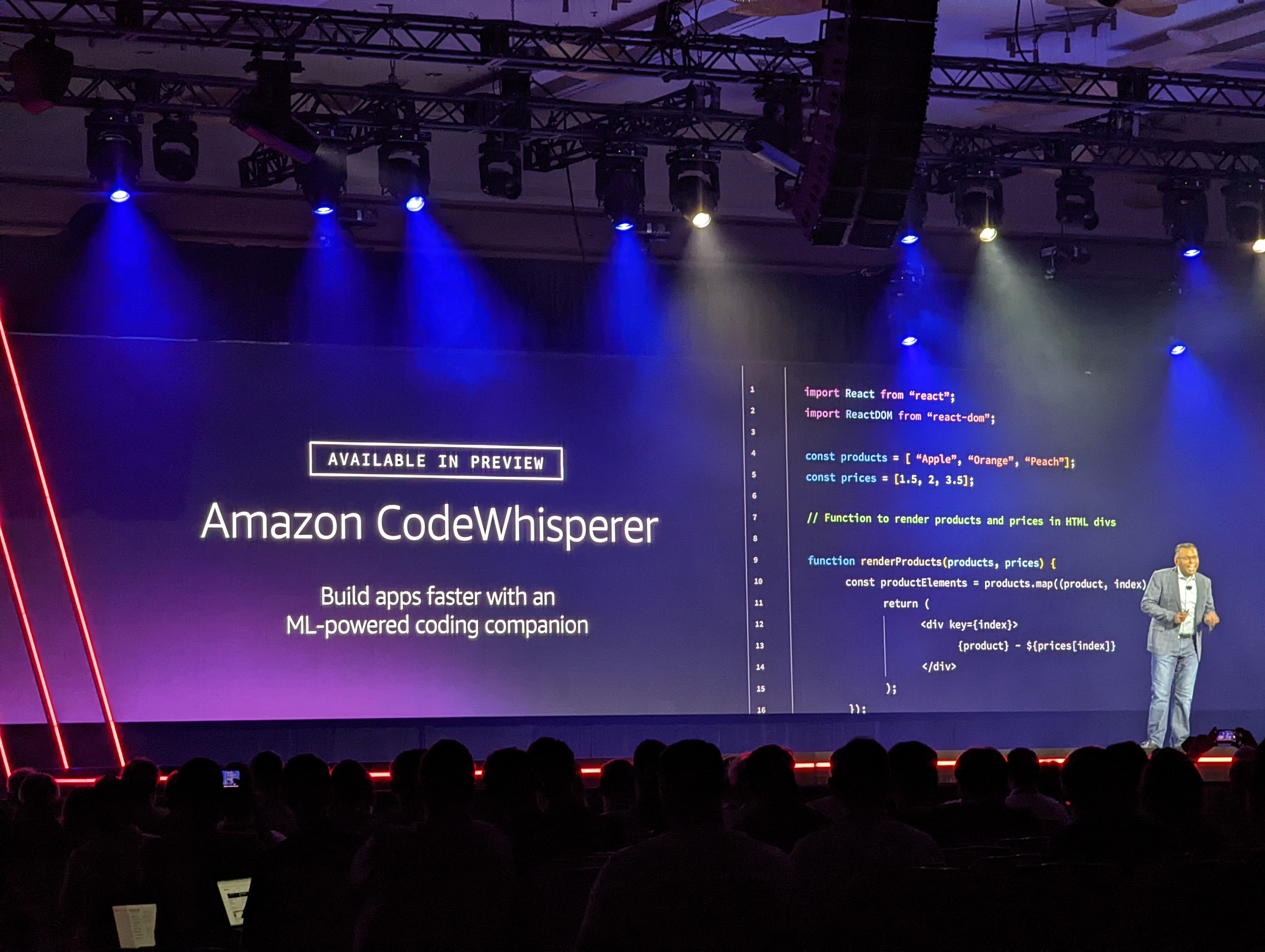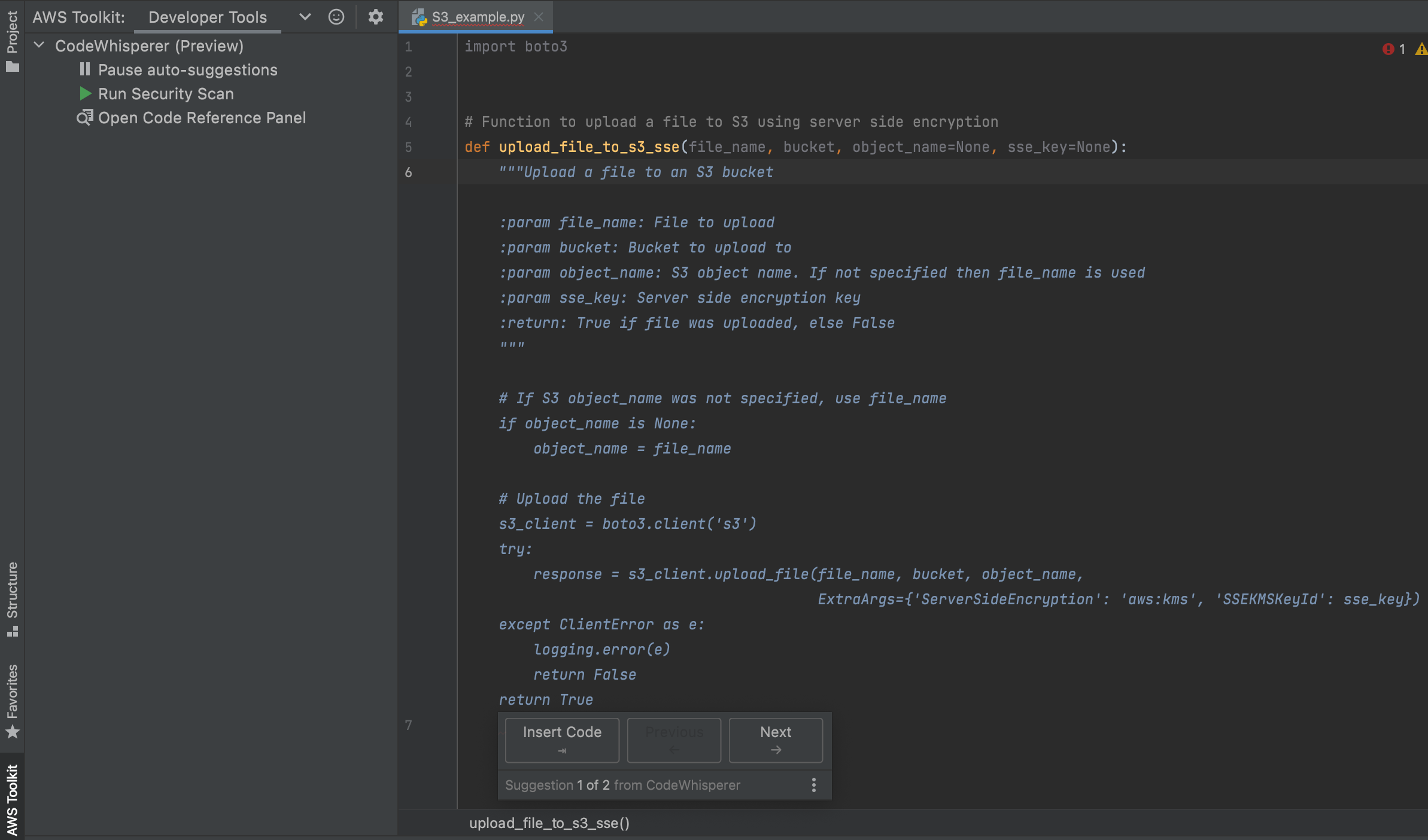PyPI or the Python Package Index is giving away 4,000 Google Titan security keys as part of its move to mandatory two-factor authentication (2FA) for critical projects built in the Python programming language.
Python is one of the world’s most popular programming languages, loved for its breadth of packages or add-on libraries that make it useful for data science. Developers need to update these packages frequently and attackers have used this behavior to backdoor their Windows, Linux and Apple machines through bogus packages that are similarly named to legitimate ones, otherwise known as software supply chain attacks.
PyPI, which is managed by the Python Software Foundation (PSF), is the main repository where Python developers can get third-party developed open-source packages for their projects.
SEE: Working hard or hardly working? Employees don’t trust their colleagues to be productive while working from home
PyPI and JavaScript’s equivalent npm repository act like the App Store/Play Store for developers, but aren’t closed and the free services don’t have the resources to vet package submissions for malware.
Google, through the Linux Foundation’s Open Source Security Foundation (OpenSSF), is tackling the threat of malicious language packages and open-source software supply chain attacks. It found over 200 malicious JavaScript and Python packages in one month and noted “devastating consequences” for developers and the organizations they write code for when they install them.
One way developers can protect themselves from stolen credentials is by using two-factor authentication and the PSF is now making it mandatory for developers behind “critical projects” to use 2FA in coming months. PyPI hasn’t declared a specific date for the requirement.
“We’ve begun rolling out a 2FA requirement: soon, maintainers of critical projects must have 2FA enabled to publish, update, or modify them,” the PSF said on its PyPI Twitter account.
As part of the security drive, it is giving away 4,000 Google Titan hardware security keys to project maintainers gifted by Google’s open-source security team.
“In order to improve the general security of the Python ecosystem, PyPI has begun implementing a two-factor authentication (2FA) requirement for critical projects. This requirement will go into effect in the coming months,” PSF said in a statement.
“To ensure that maintainers of critical projects have the ability to implement strong 2FA with security keys, the Google Open Source Security Team, a sponsor of the Python Software Foundation, has provided a limited number of security keys to distribute to critical project maintainers.
PSF says it deems any project in the top 1% of downloads over the prior six months as critical. Presently, there are more than 350,000 projects on PyPI, meaning that more than 3,500 projects are rated as critical. PyPI calculates this on a daily basis, so the Titan giveaway should go a long way to cover a chunk of key maintainers but not all of them.
In the name of transparency, PyPI is also publishing 2FA account metrics. There are currently 28,336 users with 2FA enabled, with nearly 27,000 of them using




